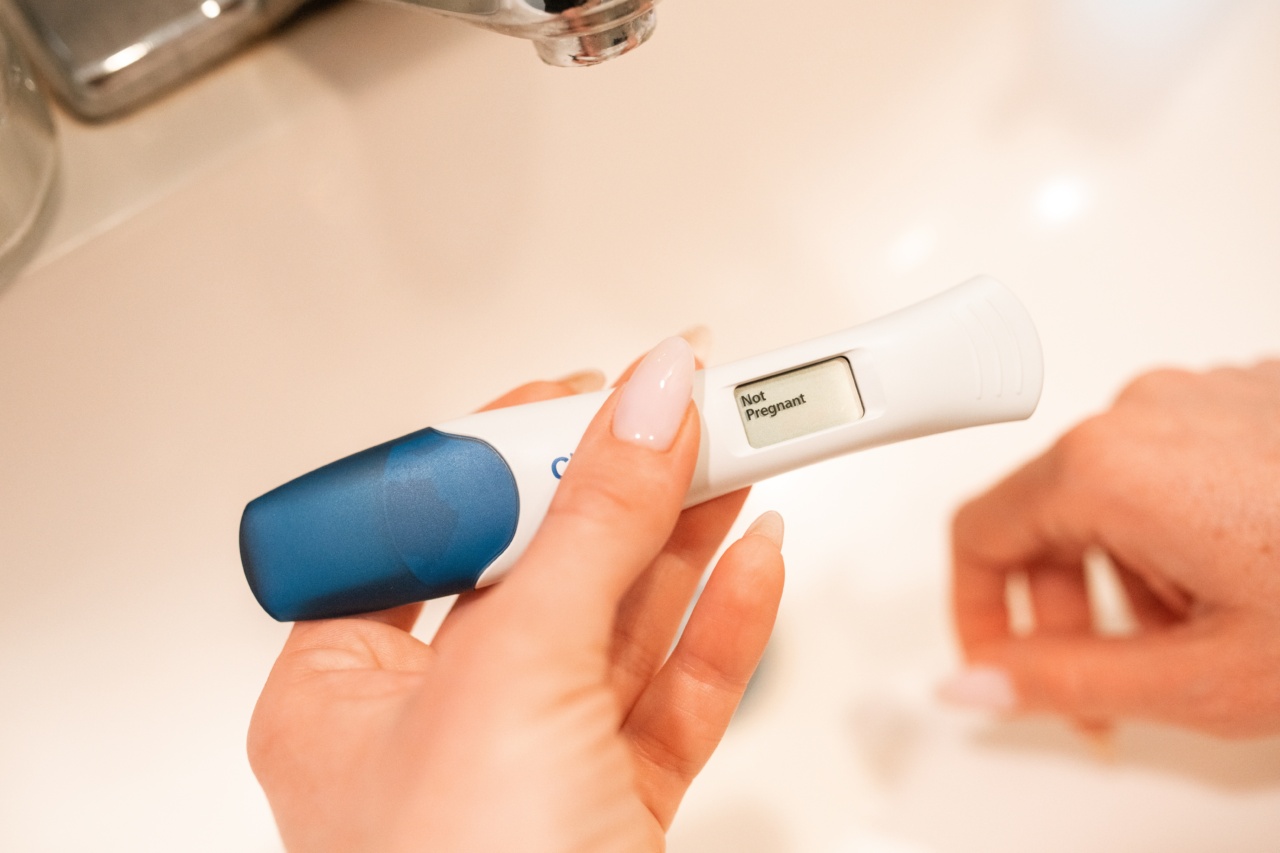Blood pressure is the force exerted by blood against the walls of the arteries as it flows through them. It is measured in millimeters of mercury (mmHg) and consists of two numbers: systolic pressure and diastolic pressure.
The systolic pressure represents the force when the heart beats, while the diastolic pressure represents the force when the heart is at rest between beats. For example, if a person’s blood pressure is recorded as 120/80 mmHg, the systolic pressure is 120 mmHg, and the diastolic pressure is 80 mmHg.
The Importance of Blood Pressure Regulation
Maintaining healthy blood pressure levels is crucial for overall well-being. Consistently high blood pressure, known as hypertension, can lead to serious health conditions such as heart disease, stroke, and kidney problems.
Conversely, low blood pressure, known as hypotension, can cause dizziness, fainting, and organ damage due to inadequate blood flow.
Factors Affecting Blood Pressure
While blood pressure may vary from person to person, it can also fluctuate within an individual throughout the day and in different situations. Several factors influence these variations:.
1. Physical Activity
Engaging in physical activity can temporarily raise blood pressure due to increased heart rate and blood flow.
However, regular exercise helps maintain healthy blood pressure levels in the long term by improving heart function and reducing the risk of hypertension.
2. Stress and Emotional State
Stress and strong emotions, such as anger or anxiety, can cause a temporary spike in blood pressure.
This is often referred to as “white coat hypertension” when a person’s blood pressure is higher in a medical setting due to stress or anxiety. Chronic stress can also lead to long-term high blood pressure if not managed effectively.
3. Diet and Sodium Intake
A diet high in sodium, commonly found in processed foods, can raise blood pressure. Sodium causes the body to retain water, which increases blood volume and places more pressure on arterial walls.
On the other hand, a diet rich in fruits, vegetables, and whole grains can help regulate blood pressure by providing essential nutrients and lowering sodium intake.
4. Alcohol and Caffeine Consumption
Excessive alcohol consumption can raise blood pressure and increase the risk of hypertension. Similarly, consuming large amounts of caffeine, which is found in coffee, tea, and energy drinks, can temporarily elevate blood pressure.
Moderation is key when it comes to alcohol and caffeine intake.
5. Medications and Medical Conditions
Certain medications, such as nonsteroidal anti-inflammatory drugs (NSAIDs), decongestants, and oral contraceptives, can affect blood pressure levels.
Additionally, underlying medical conditions like kidney disease, thyroid disorders, and hormonal imbalances can contribute to blood pressure variations.
6. Age and Genetics
Blood pressure tends to increase with age due to the natural stiffening of arteries and the decreased elasticity of blood vessels. Furthermore, genetics play a role in a person’s susceptibility to high or low blood pressure.
If a person has a family history of hypertension, they may be more prone to developing it themselves.
7. Time of Day
Blood pressure is typically lower during sleep and gradually rises as a person wakes up. It peaks around midday and slowly decreases throughout the afternoon and evening. This natural fluctuation is known as the circadian rhythm of blood pressure.
8. Weather and Temperature
Extreme weather conditions, such as hot temperatures or high humidity, can affect blood pressure. Blood vessels may expand in warm weather, leading to lower blood pressure.
On the other hand, cold weather can cause blood vessels to constrict, resulting in higher blood pressure.
9. Body Position
Blood pressure can also vary depending on body position. When lying down, blood pressure tends to be lower compared to when sitting or standing. This change in posture can impact blood flow and the amount of work the heart needs to do.
10. Hormonal Changes
Hormonal changes during pregnancy and menopause can influence blood pressure. Pregnant women often experience temporary increases in blood pressure due to hormonal shifts and increased blood volume.
Similarly, hormonal fluctuations during menopause can lead to higher blood pressure levels.
Monitoring Blood Pressure
Given the numerous factors that can affect blood pressure, it is essential to monitor it regularly.
Blood pressure measurements can be taken using a device called a sphygmomanometer, either manually with a stethoscope and cuff or digitally with an electronic monitor. By keeping track of blood pressure readings over time, individuals and healthcare professionals can identify any concerning trends or potential health issues.
Conclusion
Understanding the various factors that contribute to blood pressure variations is crucial for managing overall health.
By staying active, managing stress levels, maintaining a balanced diet, and seeking appropriate medical care, individuals can help regulate their blood pressure and reduce the risk of hypertension-related complications. Regular blood pressure monitoring and open communication with healthcare professionals are key steps in ensuring optimal health and well-being.































